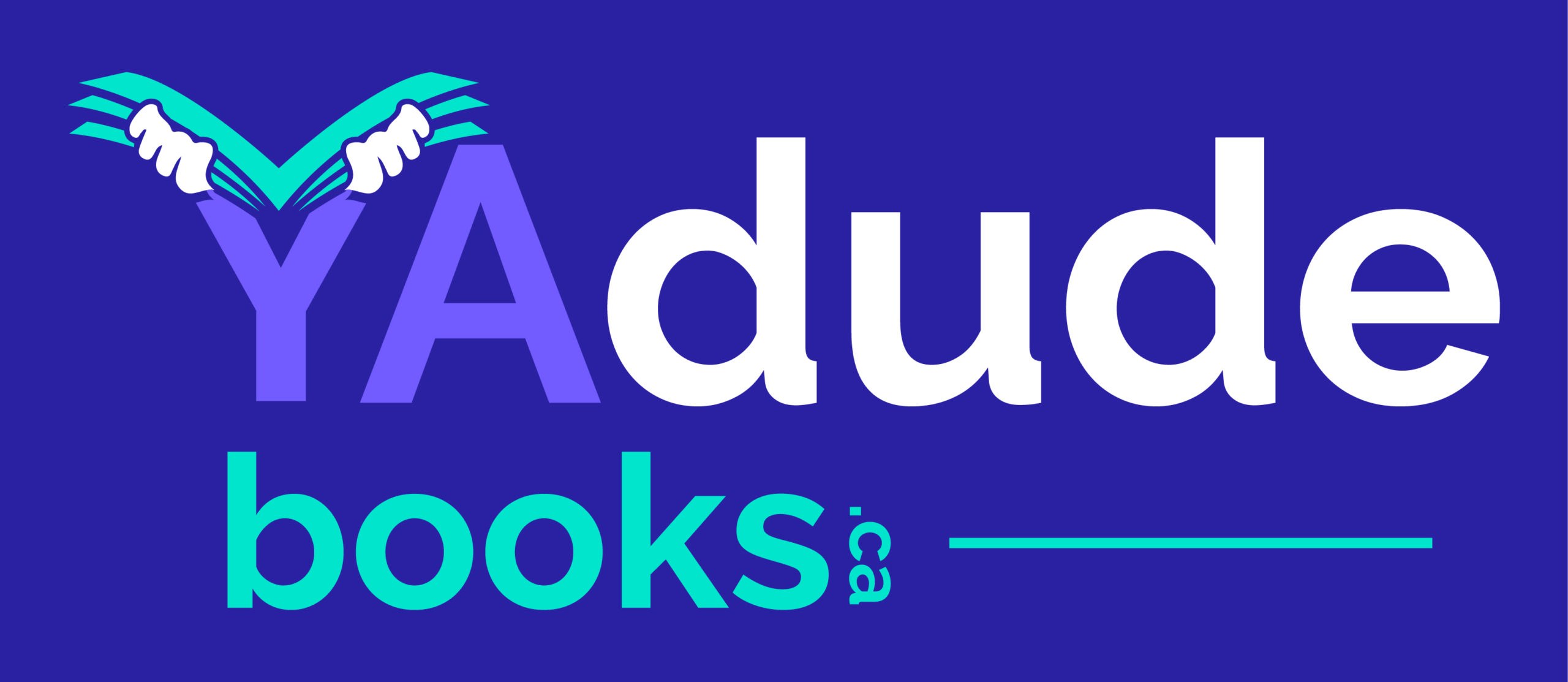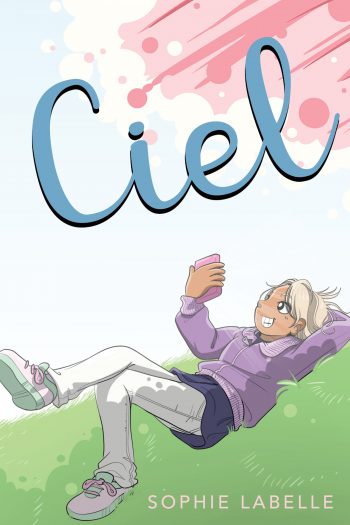Ciel

Author: Sophie Labelle
Publisher: Second Story Press
Ciel is excited to start high school. A gender non-conforming trans kid, Ciel has a YouTube channel and dreams of getting a better camera to really make their mark. Ciel can always rely on their best friend, Stephie, a trans girl who also happens to be a huge nerd. But their friendship begins to feel distant when Stephie makes it clear she wants the fact that she’s trans to be less visible now that they’re in high school. While navigating this new dynamic with Stephie, Ciel is also trying to make a long-distance relationship work with their boyfriend Eiríkur, who just moved back to Iceland. Add to the mix a cute swim star named Liam, and Ciel’s life is becoming more complicated by the minute!
left no-repeat;left top;; auto
This novel is an important read both for letting LGBTQ (especially trans people) see themselves, but also for others to see and understand their lives and feelings. The first day of high school is difficult for anyone, but this protagonist is torn between trying not to call any attention to themselves, and posting their difficulties on a YouTube vlog.
They are desperately insecure (especially fearful of losing their best friend, Stephie) and pessimistic about making friends. The novel drags and meanders in places, and spends too much long-winded narrative on mundane details.
The classroom is on the third floor. You have to take the hallways where we first-year students have our lockers, then cross the atrium in the middle of the school. From there, the main staircase leads up to the second and third floors.
But these are relatively minor issues. What did bother me was the limited character arc. Their goals are to maintain a friendship with Stephie (but that is up to Stephie), make friends (they do join an after-school group that leads to a friendship with Liam) and buy a camera. They’re hurt by a breakup with their boyfriend, but again, that is his initiative, not the protagonist’s. So the ending, in which they are finally now brave enough to wear more colorful clothes and shrug off stinging remarks, seems less than pronounced or powerful.
I feel silly about doubting their sincerity, and whether they really wanted to be my friends. Maybe, after all, not everybody thinks bad things about me. Then I start to cry, right in front of the platter of cookies. I’m mad at myself. I shouldn’t have been afraid to talk to them.
Still, the dialogue is snappy, the high school angst is authentic and the characters evoke the reader’s interest and empathy. The novel is also good at lifting a curtain on the frustrations and difficulties trans individuals face, especially the scene where they ignore their bladder’s urgency for hours because they are fearful of classmates’ reactions whether they use the boy’s or girl’s bathroom.
“Hey, look here! It’s the little faggot from YouTube who doesn’t know which bathroom to use!” “Didn’t your teacher make you feel extra special with your made-up gender?”
When the kids at school always see you as different, you end up feeling exhausted. And you know that the way you’re different is going to influence how people act toward you. But I don’t know if I could [hide it]. I’d get stressed out if I thought someone might “discover” that I’m trans once they’re friends with me. I’d be sad to see how they would change once they “discovered” who I am.
- P.W.
left no-repeat;left top;; auto
